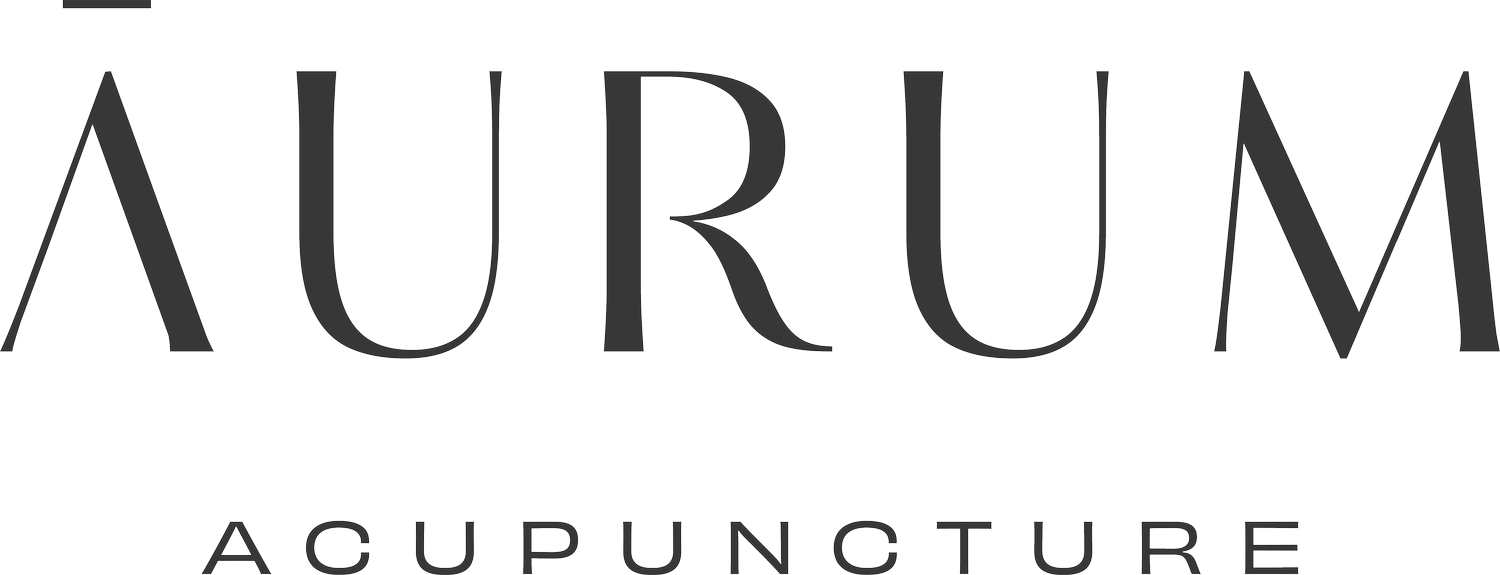In the 1950s, Dr. Paul Nogier, coined as the “father of Auriculotherapy,” discovered that certain points in the ears correspond directly with specific parts of the body. The process of inserting hair thin needles into these specific points within the ear is called Auricular, or “ear,” acupuncture. Auricular is different from ‘regular,’ or body, acupuncture because it does not utilize the meridian system. Auricular utilizes points or areas within the ear to stimulate specific organs or to obtain certain results. It is similar to reflexology in that certain groups of cells gather in certain areas, like these specific points, and represent or dedicate themselves to specific parts, functions, and/or organs of the body. Therefore, “stimulation of a reflex point in the ear can relieve symptoms of distant pathology with a reliable duration,” (Gori & Firenzuoli, 2007). Signals created by ear acupuncture travel directly to the brain. The body then takes these signals as commands coming directly from the brain, thereby allowing ear acupuncture to take advantage of its own control center, the brain.
Auricular acupuncture is used for a wide variety of reasons and is effective at treating a variety of physical, mental or emotional issues. It can be used alone or as an additional modality along with a typical acupuncture treatment. When used alone, the treatment is typically for pain or substance abuse and the aim is to get quick results with minimal time and energy. The most famous protocol to be administered alone is called the NADA protocol and is used to treat anxiety, addiction and for smoking cessation. When used along with body acupuncture, ear points help strengthen the treatment. Additionally, ear seeds (small seeds or magnets) are sometimes applied at the end of a treatment to further stimulate the points and help keep the effects of the acupuncture going between sessions.
Overall, ear acupuncture (when administered properly by a licensed professional) can be as effective as body acupuncture at reducing pain, cravings, and easing anxiety. Many people enjoy the benefits as an extension of treatment, and as an added bonus many people love the way ear seeds look!
Works Cited:
Gori, L., & Firenzuoli, F. (2007). Ear Acupuncture in European Traditional Medicine. Evidence-Based Complementary and Alternative Medicine : eCAM, 4(Suppl 1), 13–16. http://doi.org/10.1093/ecam/nem106



